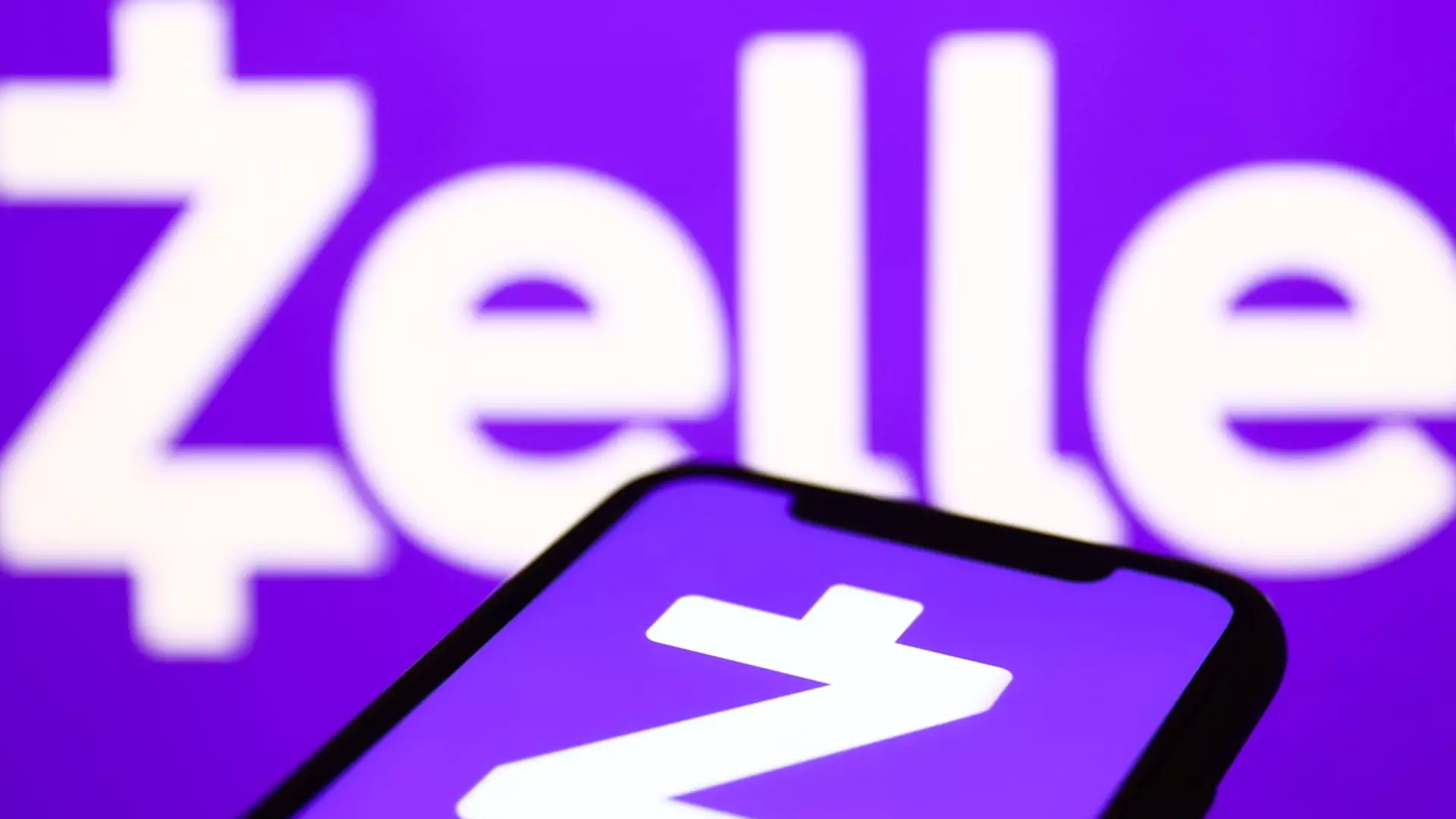In an era where digital transactions are becoming ubiquitous, Zelle has emerged as a formidable player in the peer-to-peer (P2P) payments landscape. In a noteworthy milestone, Zelle’s payment network, managed by Early Warning Services, hit a staggering $1 trillion in total transaction volumes last year, marking an all-time high for any P2P platform. Such a figure reflects not just a significant increase in consumer confidence in digital payments but also signifies a shifting trend in how people perceive and use money in their daily lives.
Recent reports reveal that Zelle’s user base surged by 12%, bringing the total number of accounts to an impressive 151 million in 2024. This growth trajectory indicates a broader acceptance and reliance on digital payments, with an astonishing 27% rise in the total dollars sent through the platform compared to the previous year. Denise Leonhard, Zelle’s general manager, highlighted this success by stating that the payment volumes represented “by far the most money ever moved by a P2P payments service in a single year.” Such growth not only reflects Zelle’s competitive edge but also underlines a societal shift away from traditional cash transactions.
Launched in 2017 to rival successful fintech players like Venmo, CashApp, and PayPal, Zelle benefits from a unique selling proposition: its backing by the largest banks in the United States, including industry giants like JPMorgan Chase and Bank of America. This advantageous position allows Zelle to facilitate instantaneous transactions within the apps of myriad member institutions, an appeal that its competitors struggle to match. By leveraging existing banking infrastructures, Zelle offers a seamless experience that enhances user trust and convenience.
Despite its impressive growth and market leadership, Zelle has been embroiled in controversies surrounding fraud case investigations and victim reimbursements. Critics argue that the network, along with its banking partners, has fallen short in adequately addressing these concerns. However, Zelle has begun implementing measures aimed at bolstering fraud prevention and has reported that 99.95% of transactions remain free from scams. Such initiatives point towards a commitment to improving safety and customer confidence.
As consumer behaviors continue to evolve, more people are opting for digital payment solutions like Zelle for various transaction types—ranging from paying rent to compensating service workers. Leonhard emphasizes this development, stating that Zelle is becoming increasingly integral to many financial interactions. As both individual users and small businesses increasingly tap into this platform, Zelle’s growth trajectory seems poised for continued success.
Zelle’s unprecedented rise in the P2P payments sector not only illustrates its strategic advantages as a bank-backed network but also reveals shifting consumer preferences towards quick, safe, and efficient payment solutions. The combination of in-built security measures and user-friendly interfaces positions Zelle to remain a dominant force in digital transactions.

